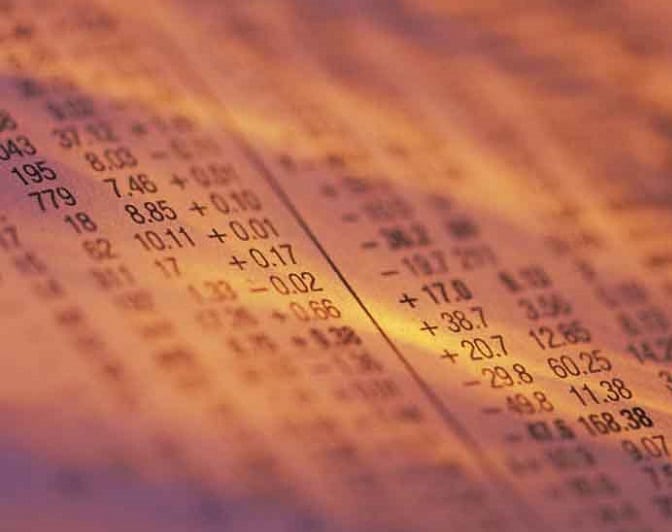The Dow Jones index fell by 1.5% and S&P 500 by 1.11%, down 4.3% and 3.9% for the month. The February losses for both indexes broke the 10-month consecutive gains, which is the most since 1959.
European markets followed as the FTSE 100 index fell by 0.86%, alongside the Euro Stoxx 50 index which was down 1.17%.
The Vix, also known as the fear index, was up 6.76% – up from its long-term average of 20 for the first time in a week.
Lee Wild, head of equity strategy at Interactive Investor, said: “Inflation remains a concern here, but it’s in the US that interest rates will rise next and potentially faster than expected this year.
“Under pro-business President Donald Trump, new Federal Reserve chair Jerome Powell is already sounding hawkish, and the latest batch of mid-week data only increases the odds of a more aggressive rate tightening cycle.”
He argued that while a strong US economy is great for confidence and jobs, corporate America will “have to absorb more expensive debt” and that is the reason behind equity traders selling into the rally from mid-February lows.
Following the volatility in February, a number of global market indices faced their worst month in several years. However, Wild said that there is still enough to concern investors in March.
“But the run in to tax year-end is typically profitable for equities, and there’s still enough to like about stocks to stave off a more sustained decline for a month or two. Like they did in February, bulls are likely biding their time before picking up some bargains ahead of the April deadline.
“Risk increases once that seasonal prop is removed.”










